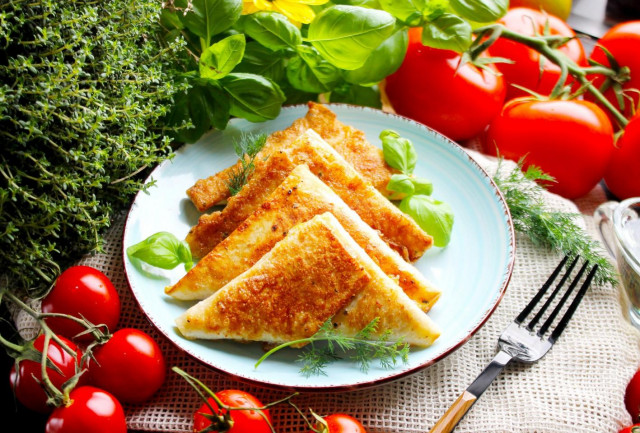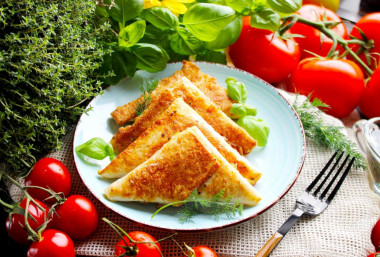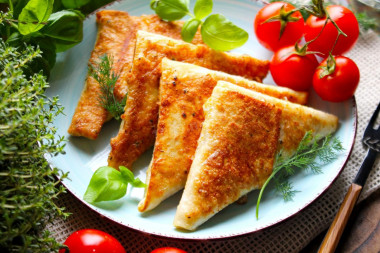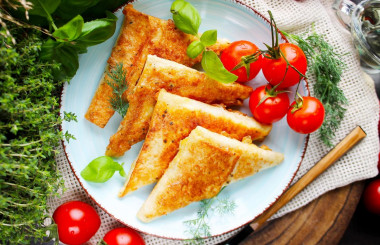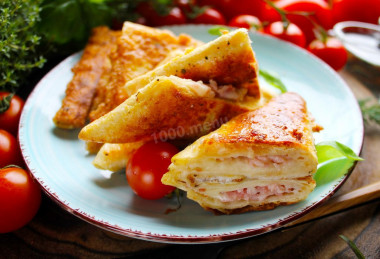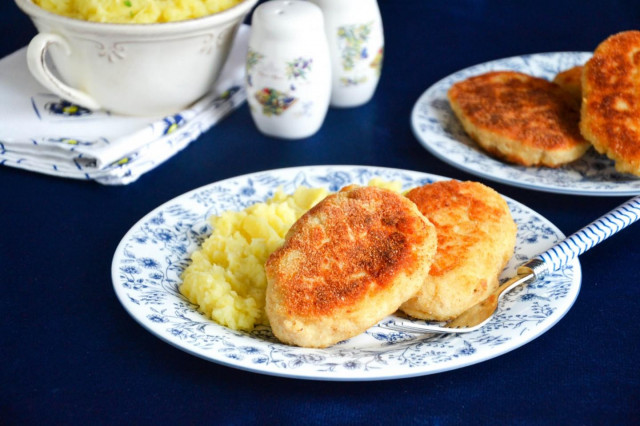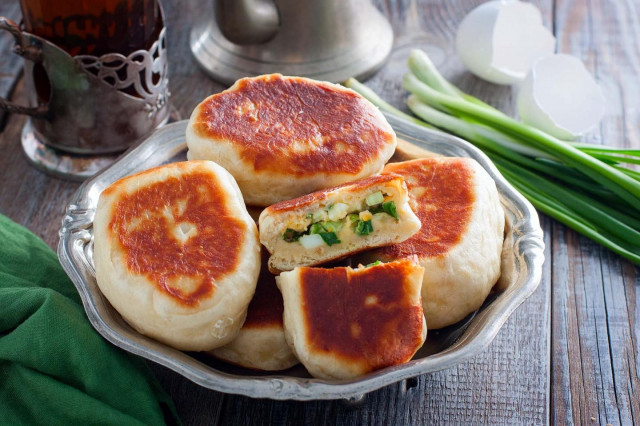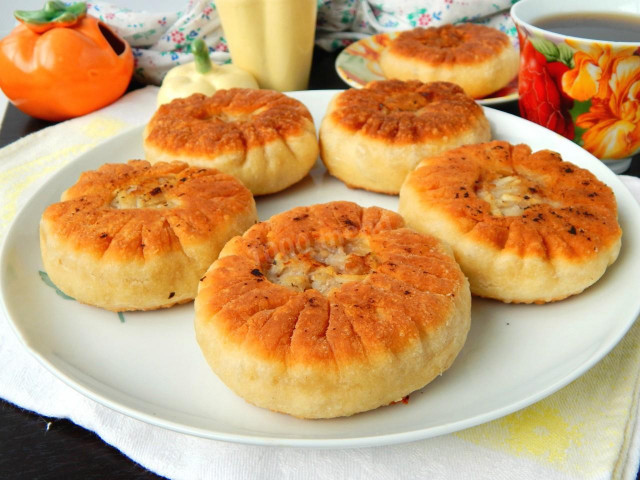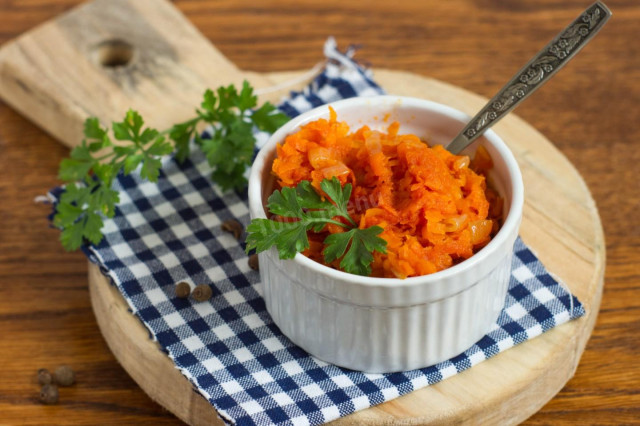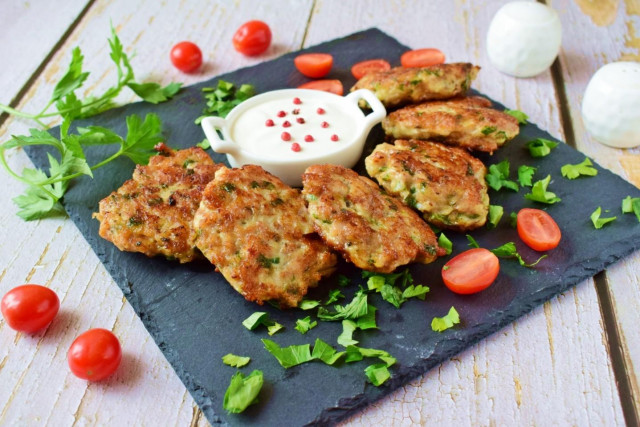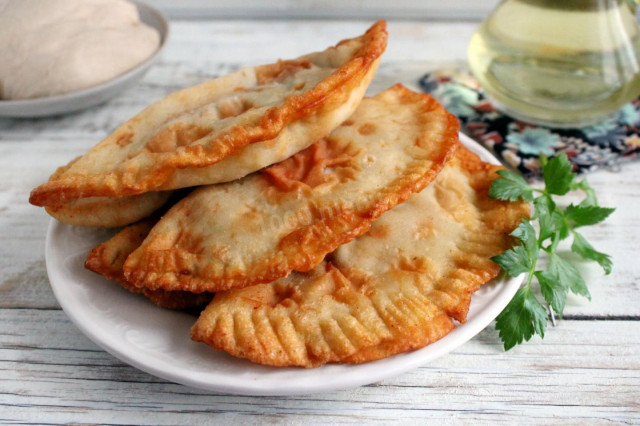Composition / ingredients
Step-by-step cooking
Step 1:
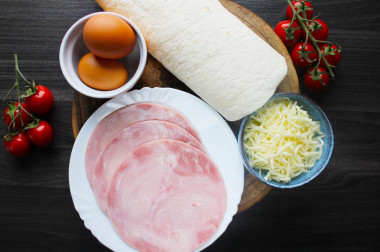
How to make triangles of pita bread with ham and cheese? Prepare all the products listed in the recipe. Instead of ham, you can use any boiled or smoked sausage. Cheese is well suited for hard varieties, but with soft mozzarella it will be very interesting and delicious.
Step 2:
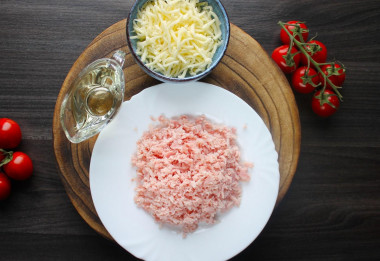
Grate cheese and ham on a grater with large teeth.
Step 3:
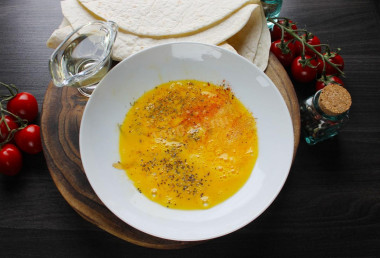
Beat the egg into a deep bowl, stir. Add a pinch of salt. I like to add at this stage a mixture of ground peppers, garlic powder and dry herbs such as basil, oregano or Provence. Mix everything well.
Step 4:
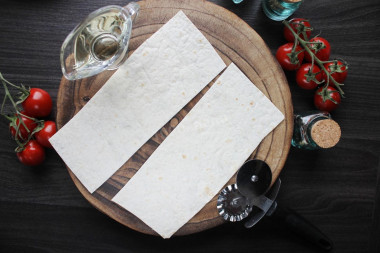
Cut the lavash into even identical rectangles. Neat and beautiful triangles are obtained from strips of lavash about 15 cm long and about 7 cm wide .
Step 5:
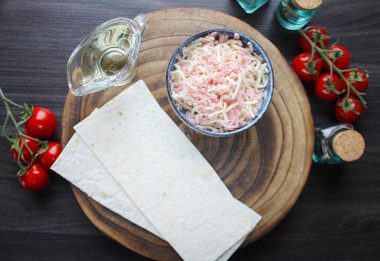
Mix ham and cheese.
Step 6:
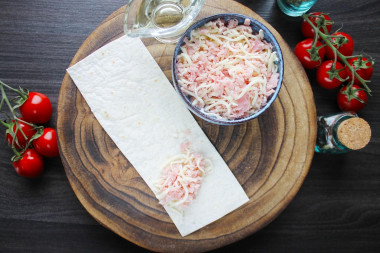
Put the cheese and ham filling on the edge of the pita bread.
Step 7:
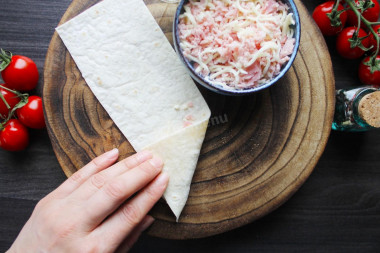
Wrap the edge of the pita bread as in the photo.
Step 8:

Keep collapsing.
Step 9:
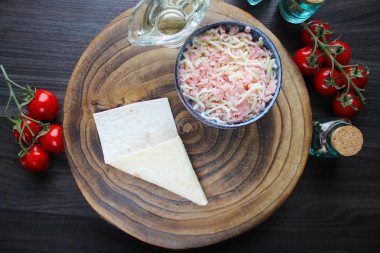
Turn up each side.
Step 10:
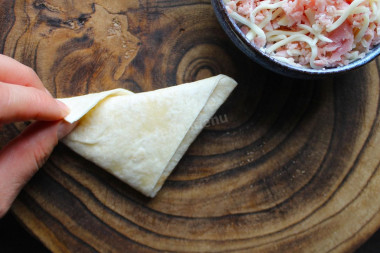
Until you form a triangle. Make triangles from all stripes in this way.
Step 11:
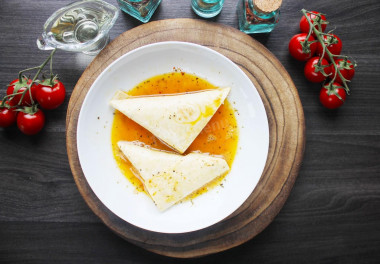
Dip the triangles into the egg mixture from all sides.
Step 12:
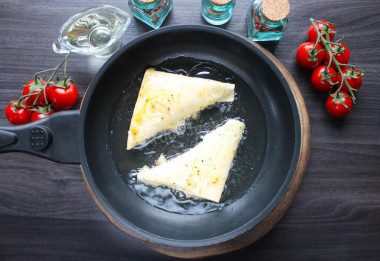
Heat vegetable oil in a frying pan with a thick bottom. If you have a frying pan with a wide bottom, then you may need a little more vegetable oil than indicated in the recipe. Send the triangles to fry over medium heat. Cook until the sides are browned.
Step 13:
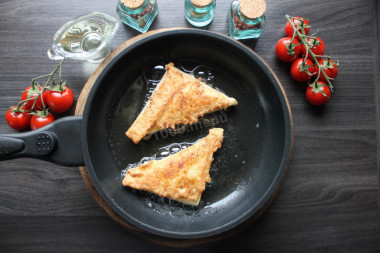
Flip the triangles to the other side and cook until golden brown.
Step 14:
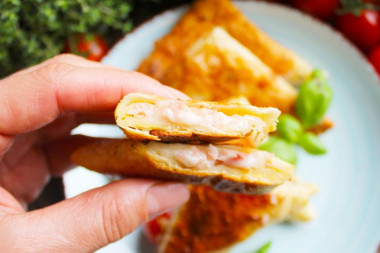
Done! Serve until it cools down!
Offer fresh herbs and vegetables to the pita bread triangles. Very tasty with sweet tea or a cup of coffee. Excellent breakfast for the whole family is ready!
Bon appetit!
How do I know if an egg is fresh? Break it into a separate container. First of all, there should be no unpleasant smell. The protein of fresh eggs will be transparent and clean. The yolk should not spread and will be shiny, convex, homogeneous.
If you use ready-made spice mixes, be sure to read the composition on the package. Often, salt is already present in such mixtures, take this into account, otherwise you risk over-salting the dish.
Use oil with a high smoking temperature for frying! Any oils are useful only until a certain temperature is reached - the point of smoking, at which the oil begins to burn and toxic substances, including carcinogens, are formed in it.
Unrefined oils, with rare exceptions, have a low smoking point. There are a lot of unfiltered organic particles in them, which quickly begin to burn.
Refined oils are more resistant to heating, and their smoking point is higher. If you are going to cook food in the oven, on a frying pan or grill, make sure that you use oil with a high smoking point. The most common of the oils with a high smoking point: refined varieties of sunflower, olive and grape.
Caloric content of the products possible in the composition of the dish
- Chicken egg - 157 kcal/100g
- Egg white - 45 kcal/100g
- Egg powder - 542 kcal/100g
- Egg yolk - 352 kcal/100g
- Ostrich egg - 118 kcal/100g
- Dutch cheese - 352 kcal/100g
- Swiss cheese - 335 kcal/100g
- Russian cheese - 366 kcal/100g
- Kostroma cheese - 345 kcal/100g
- Yaroslavsky cheese - 361 kcal/100g
- Altai cheese 50% fat content - 356 kcal/100g
- Soviet cheese - 400 kcal/100g
- Cheese "steppe" - 362 kcal/100g
- Uglichsky cheese - 347 kcal/100g
- Poshekhonsky cheese - 350 kcal/100g
- Lambert cheese - 377 kcal/100g
- Appnzeller cheese with 50% fat content - 400 kcal/100g
- Chester cheese with 50% fat content - 363 kcal/100g
- Edamer cheese with 40% fat content - 340 kcal/100g
- Cheese with mushrooms of 50% fat content - 395 kcal/100g
- Emmental cheese with 45% fat content - 420 kcal/100g
- Gouda cheese with 45% fat content - 356 kcal/100g
- Aiadeus cheese - 364 kcal/100g
- Dom blanc cheese (semi-hard) - 360 kcal/100g
- Lo spalmino cheese - 61 kcal/100g
- Cheese "etorki" (sheep, hard) - 401 kcal/100g
- White cheese - 100 kcal/100g
- Fat yellow cheese - 260 kcal/100g
- Altai cheese - 355 kcal/100g
- Kaunas cheese - 355 kcal/100g
- Latvian cheese - 316 kcal/100g
- Limburger cheese - 327 kcal/100g
- Lithuanian cheese - 250 kcal/100g
- Lake cheese - 350 kcal/100g
- Gruyere cheese - 396 kcal/100g
- Ham - 270 kcal/100g
- Beef ham - 133 kcal/100g
- Boiled ham - 282 kcal/100g
- Raw ham - 270 kcal/100g
- Ham sausage - 242 kcal/100g
- Vegetable oil - 873 kcal/100g
- Armenian lavash - 236 kcal/100g
- Lavash - 277 kcal/100g
- Salt - 0 kcal/100g
- Ground pepper mixture - 255 kcal/100g

